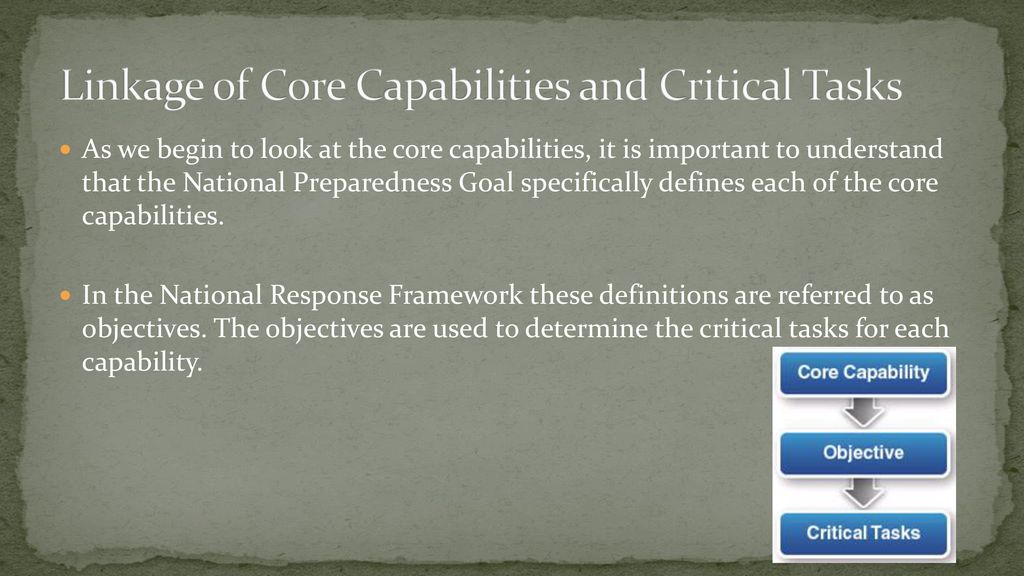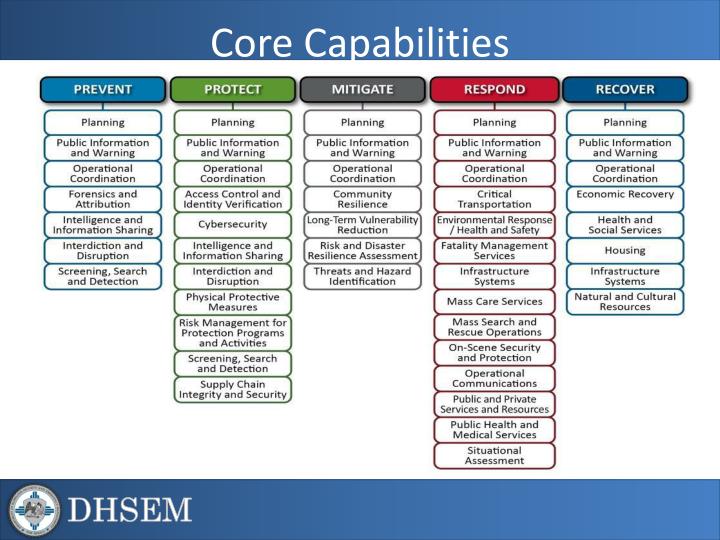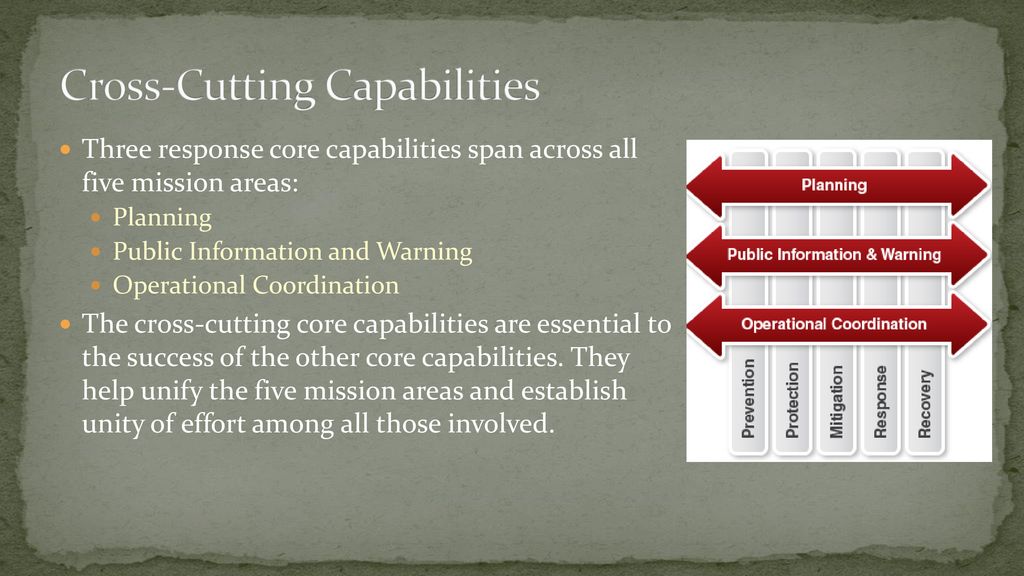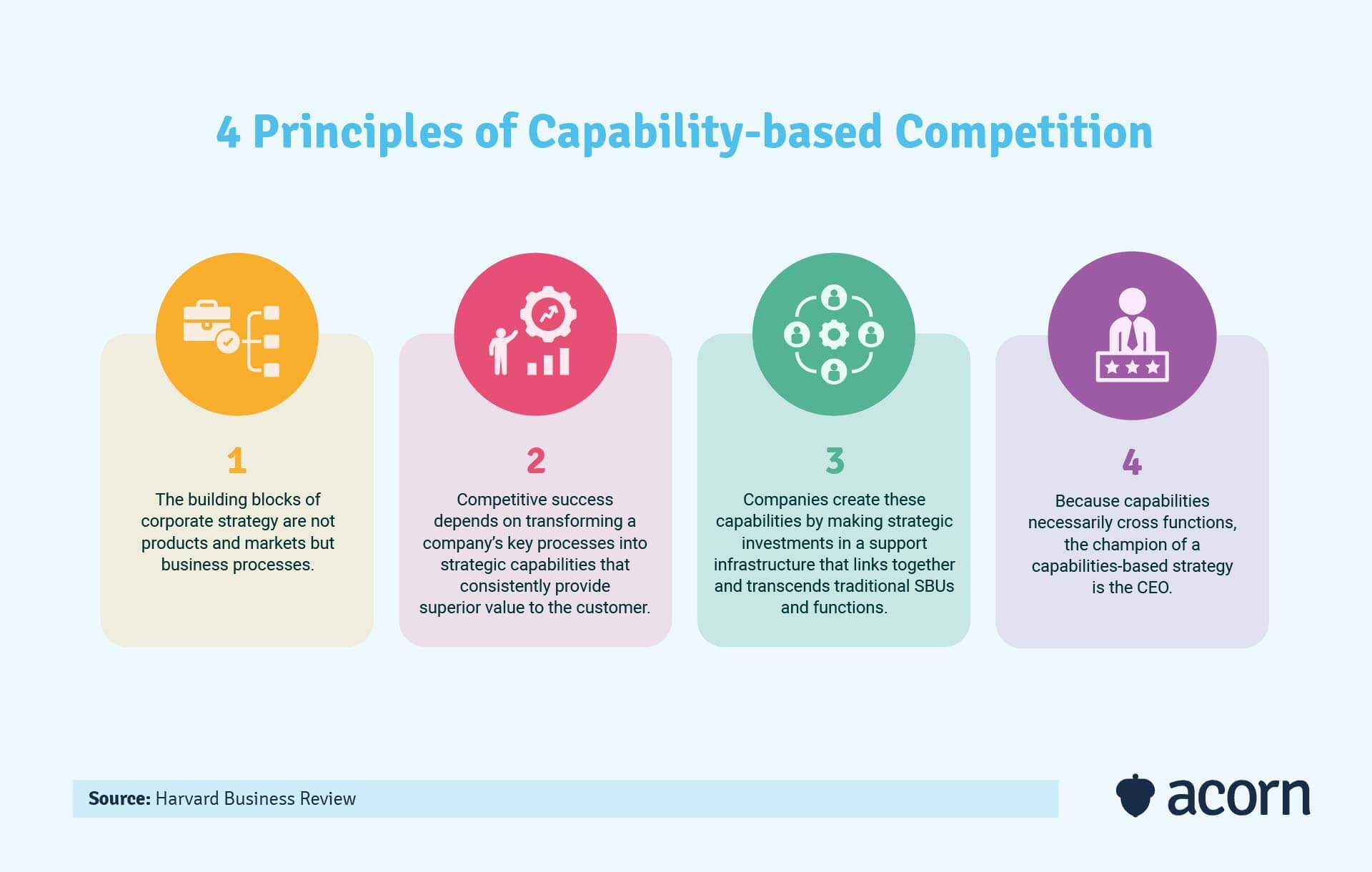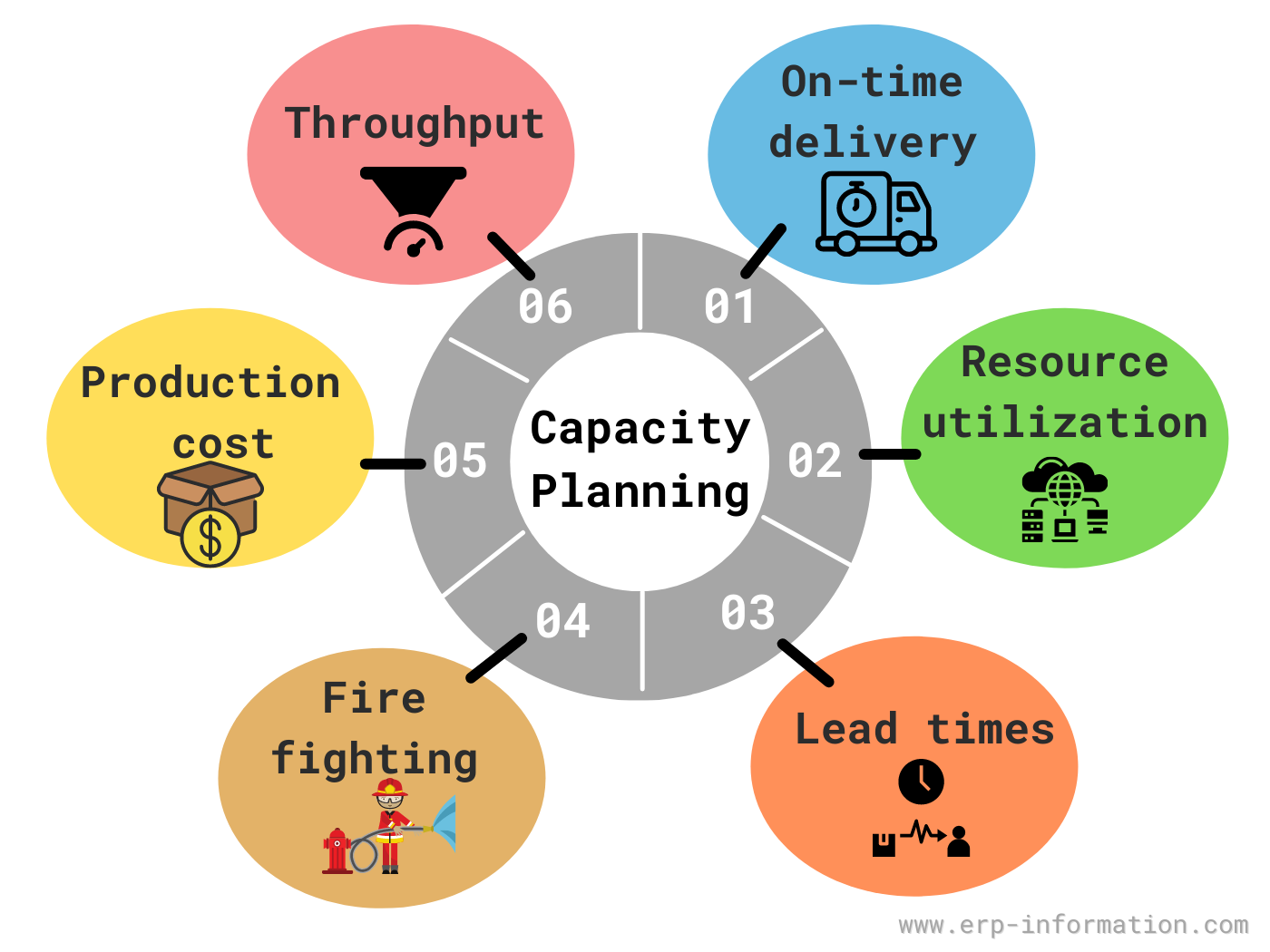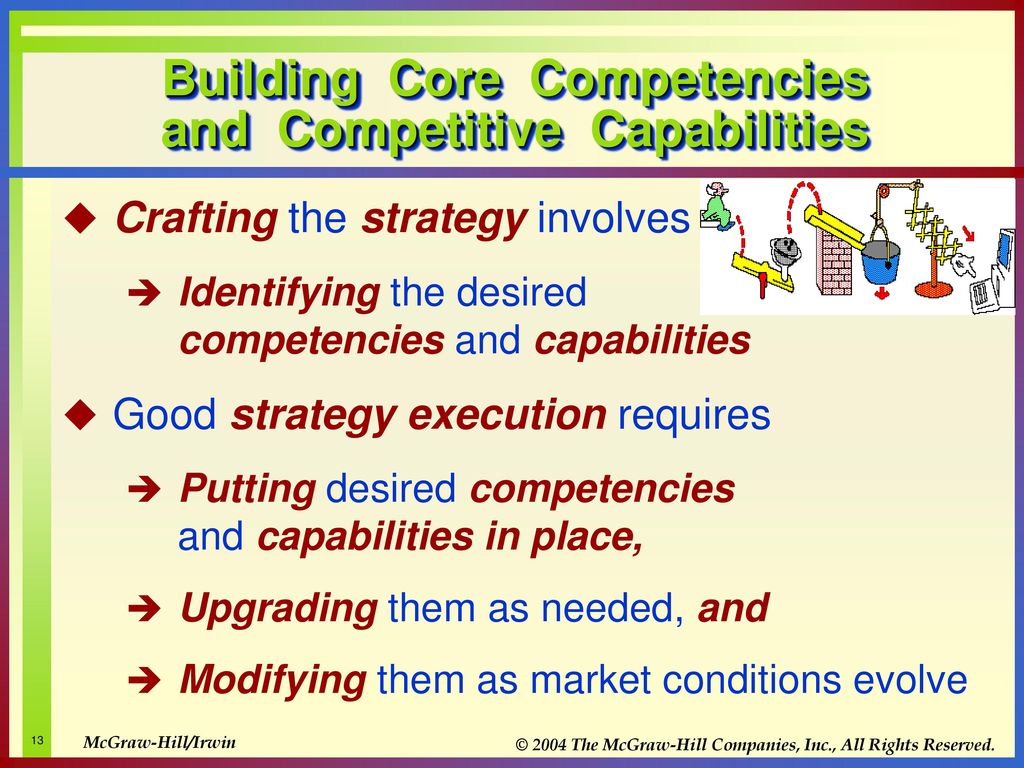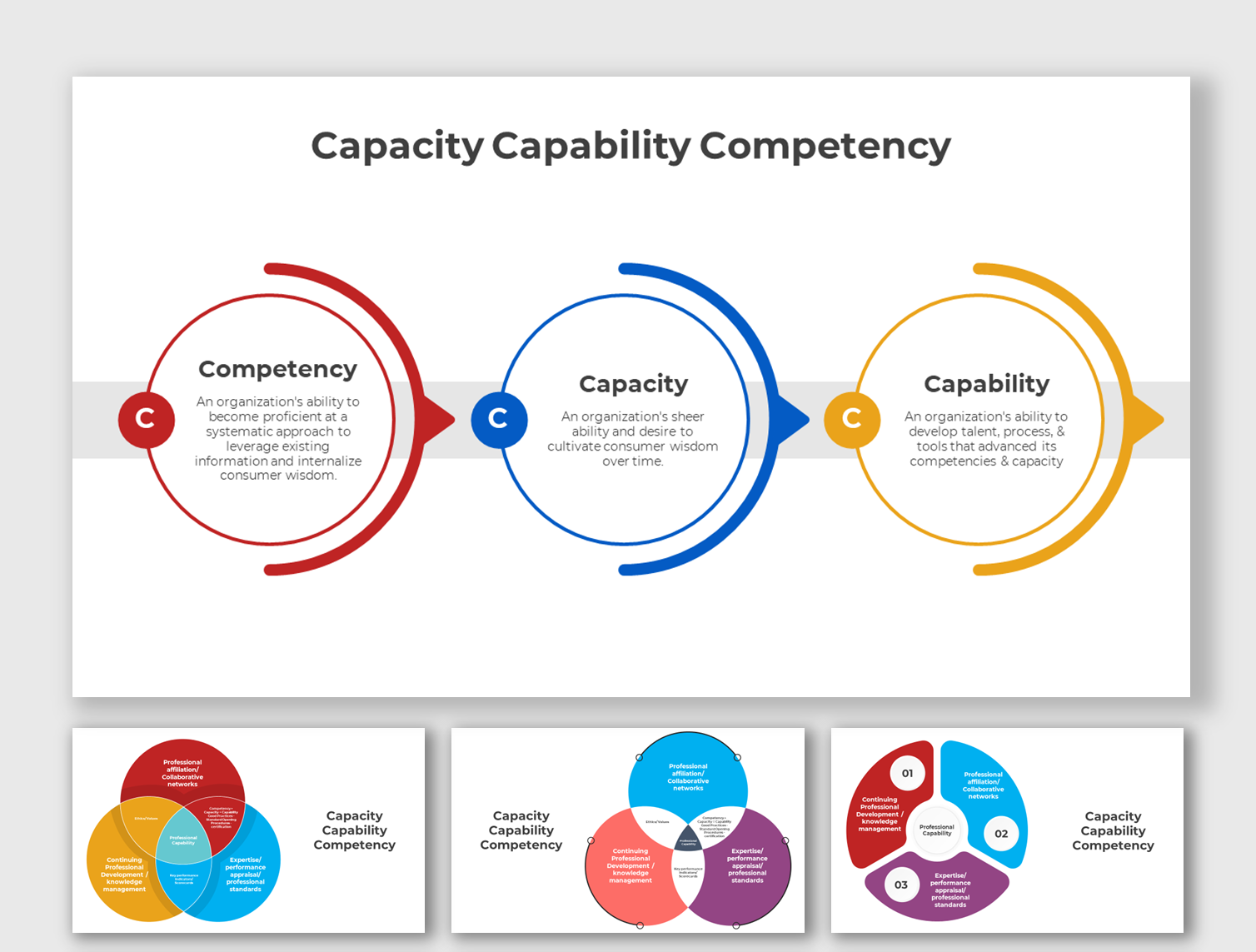Which Response Core Capability Involves Ensuring The Capacity
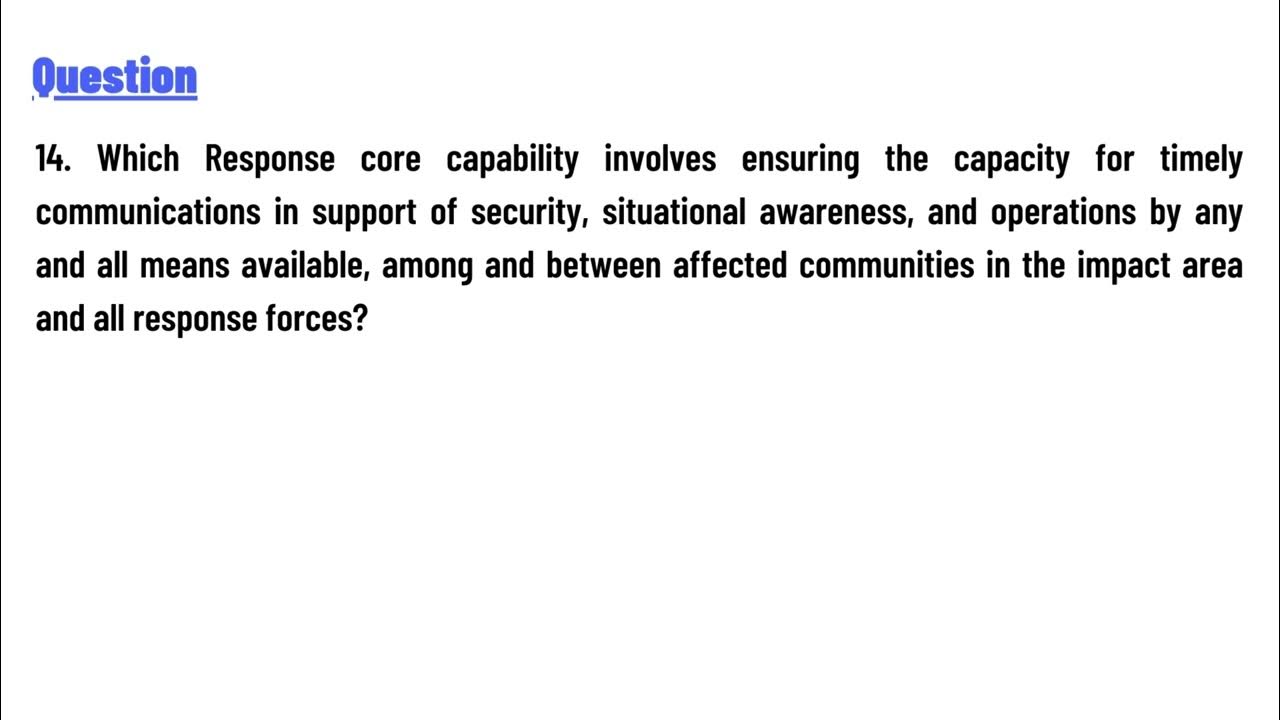
Imagine a town, Harmony Creek, usually a picture of serene suburban life, suddenly grappling with the aftermath of a devastating flash flood. Roads are submerged, homes are waterlogged, and the local hospital struggles to cope with the influx of injured residents. Amidst the chaos, relief efforts are underway, but the question looms large: how does a community, a region, or even a nation ensure it has the inherent ability to not just react to such disasters, but to effectively manage and recover from them?
At the heart of effective disaster response lies a set of core capabilities, and one stands out as the bedrock for all others: "Planning." Planning ensures that the necessary resources, personnel, and systems are in place to handle any crisis, from natural disasters to acts of terrorism. It’s about anticipating potential threats, creating strategies to mitigate their impact, and continuously refining those strategies through training and experience.
The Foundation: Core Capabilities and the National Preparedness Goal
The Federal Emergency Management Agency (FEMA), a key player in national disaster response, emphasizes a framework built around five mission areas: Prevention, Protection, Mitigation, Response, and Recovery. Within these areas reside 32 core capabilities, designed to address the critical tasks necessary to save lives, protect property, and stabilize communities. Each core capability is a distinct element, contributing to a collective resilience.
Planning, within this framework, is not just one of the core capabilities, but arguably the most crucial. It underpins the others, weaving a thread of proactive preparation through every aspect of disaster management. It's the blueprint that guides all subsequent actions, ensuring that resources are deployed effectively and that responders are well-equipped and coordinated.
What Does Planning Entail?
Effective planning isn't simply about writing a document and filing it away. It's a dynamic and iterative process, involving a range of activities designed to build and maintain preparedness. This includes threat and hazard identification, risk assessment, resource assessment, development of operational plans and procedures, and regular training and exercises to validate the plans and identify areas for improvement.
Risk assessment is a cornerstone of the planning process. Communities must understand the specific threats they face, whether it's hurricanes, earthquakes, wildfires, or acts of terrorism. This involves analyzing historical data, considering geographic vulnerabilities, and evaluating potential impacts on infrastructure and populations.
Resource assessment goes hand-in-hand with risk assessment. Knowing what resources are available – personnel, equipment, supplies – is crucial for determining how effectively a community can respond to a disaster. This includes identifying gaps in resources and developing strategies to fill those gaps through mutual aid agreements, contracts, or other means.
Operational plans provide a detailed roadmap for how responders will act in specific situations. These plans outline roles and responsibilities, communication protocols, evacuation procedures, and resource deployment strategies. They serve as a common operating picture, ensuring that everyone involved understands their tasks and how they fit into the overall response effort.
Training and exercises are essential for validating plans and ensuring that responders are proficient in their roles. These activities allow communities to test their plans in realistic scenarios, identify weaknesses, and refine their procedures accordingly. They also build familiarity and trust among responders, fostering better coordination and communication during actual events.
The Significance of Planning: Lessons from Real-World Events
The importance of planning becomes painfully clear when examining the aftermath of major disasters. Events like Hurricane Katrina highlighted the critical role of effective evacuation plans, communication systems, and resource allocation strategies. The absence of robust planning exacerbated the impact of the storm, leading to greater loss of life and property damage.
Conversely, communities that have invested heavily in planning have demonstrated greater resilience in the face of adversity. Following the 2010 earthquake in Haiti, well-prepared organizations were able to quickly mobilize resources and deliver aid to those in need. Their pre-existing plans and networks allowed them to overcome logistical challenges and reach vulnerable populations effectively.
According to FEMA, communities with well-developed and regularly updated emergency operations plans experience significantly faster recovery times after disasters. These plans provide a framework for coordinating response efforts, allocating resources, and restoring essential services.
Planning in Action: A Community Case Study
Consider the fictional town of Willow Creek. Recognizing its vulnerability to wildfires, the community developed a comprehensive wildfire mitigation plan. This plan included clearing brush around homes, establishing defensible space, creating evacuation routes, and training residents on fire safety. The plan also included a robust communication strategy, ensuring that residents received timely alerts and information during wildfires.
When a wildfire threatened Willow Creek, the community was well-prepared. Residents evacuated quickly and safely, firefighters were able to contain the fire effectively, and minimal property damage occurred. The community's investment in planning had paid off, protecting lives and property.
Challenges to Effective Planning
Despite its importance, effective planning faces several challenges. Limited resources, competing priorities, and a lack of political will can hinder planning efforts. Communities may struggle to allocate sufficient funding for emergency management, or they may prioritize other issues over disaster preparedness.
Another challenge is maintaining public awareness and engagement. Planning is most effective when it involves the entire community. However, engaging residents in the planning process can be difficult, particularly when there is a perceived lack of immediate threat.
Furthermore, the increasing complexity of modern society poses new challenges for planning. Interdependencies between critical infrastructure sectors, cyber threats, and the rise of disinformation require communities to adopt a more holistic and adaptive approach to preparedness.
Looking Ahead: Strengthening Planning Capabilities
To strengthen planning capabilities, communities must invest in training, technology, and collaboration. Emergency managers need access to the latest tools and techniques for risk assessment, resource management, and communication. They also need opportunities to share best practices and learn from other communities.
Promoting public awareness and engagement is also crucial. Communities should educate residents about the threats they face, encourage them to participate in preparedness activities, and empower them to take responsibility for their own safety.
Moreover, fostering strong partnerships between government agencies, private sector organizations, and community groups is essential for building a resilient society. Collaborative planning efforts can leverage the unique expertise and resources of each sector, creating a more comprehensive and effective approach to disaster preparedness.
The Enduring Importance of Proactive Measures
Ultimately, the core capability of Planning is about more than just anticipating disasters; it’s about fostering a culture of preparedness and resilience. By prioritizing planning, communities can empower themselves to not only survive crises but to thrive in their aftermath. It’s a commitment to safeguarding lives, protecting property, and building a future where Harmony Creek, and every community like it, can face whatever challenges lie ahead with confidence and strength.
The next time you hear about a community facing a disaster, remember the unsung heroes behind the scenes: the planners who diligently worked to ensure that response efforts would be effective. Their dedication is a testament to the enduring importance of proactive measures in building a more resilient world.

